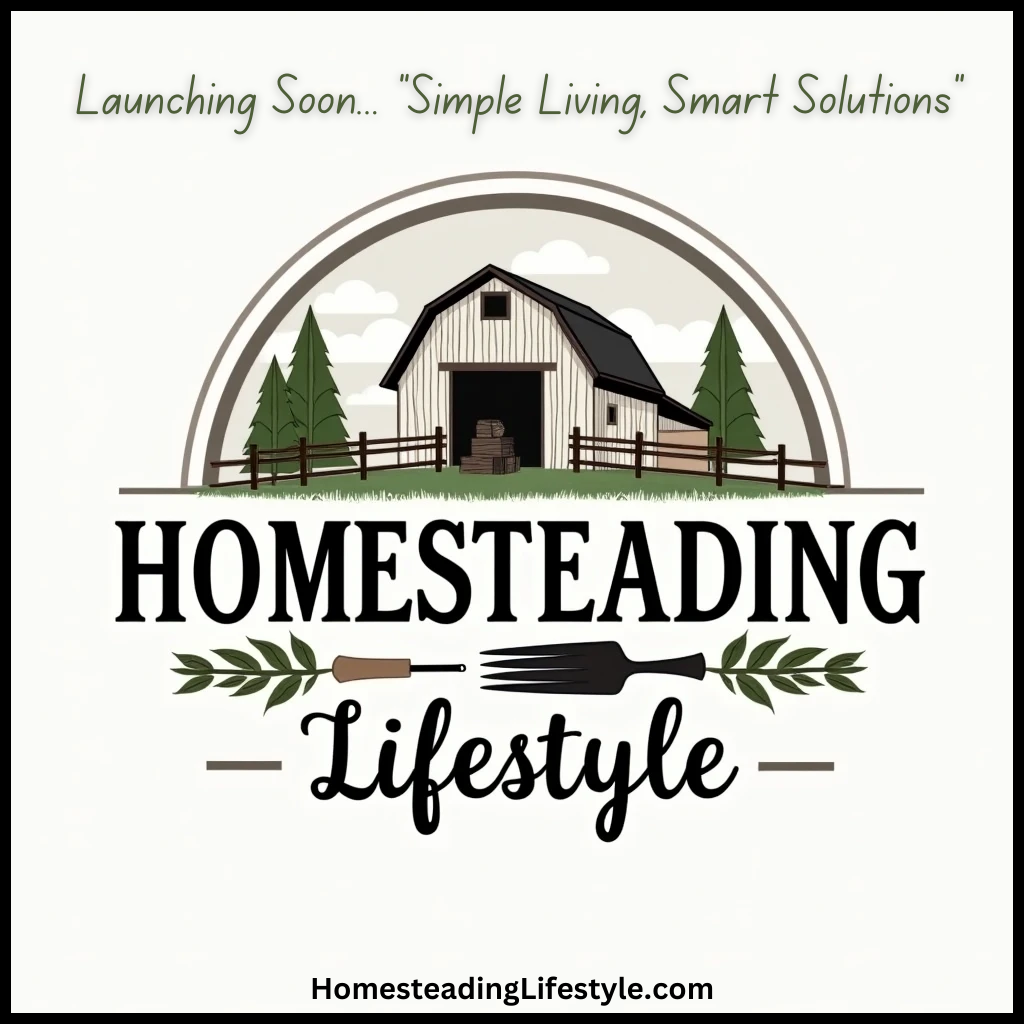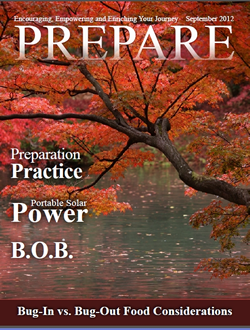Understanding the Benefits of Native Edibles
What Are Native Edibles?
When I first ventured into gardening, I quickly learned that the world of plants is vast, but native edibles have a special place in my heart. Native edibles are plants that naturally grow in your area and are part of the local ecosystem. They’re perfectly adapted to the local climate, soil, and wildlife. This means less maintenance for us, since these plants generally require fewer resources than their non-native cousins.
Thinking about my own backyard, I’ve found that incorporating native plants has not only boosted my garden’s health but has also attracted a plethora of beneficial insects and birds. It’s like throwing a party for nature right in my yard!
Aside from their ecological benefits, native edibles also tend to be super nutritious. They’ve evolved where they are, meaning they can pack a punch of nutrients, flavor, and culinary potential. If you haven’t tasted them yet, you’re really missing out!
Top Native Edible Plants to Grow
Wild Berries
Nothing beats a flavorful berry fresh from the garden! In my experience, nearly every homestead should feature a few types of wild berries. Blueberries, raspberries, and blackberries are fantastic choices as they’re fairly easy to grow and maintain. Plus, they’re delicious!
When it comes time to harvest, the thrill of picking a handful of berries right off the bush is something everyone should experience. You get to enjoy them fresh or use them in recipes like pies, jams, and smoothies. Trust me, your taste buds will thank you!
Another benefit? Berries are great for attracting birds and pollinators. So, as you enjoy your harvest, you’re also helping to support local wildlife. It’s a win-win for me!
Creating a Sustainable Homestead
Planting Techniques
To foster a sustainable garden, I’ve learned that it’s important to understand how to plant native edibles properly. For starters, I make sure to choose the right spot that matches their sunlight and water needs. Some of my favorite native plants thrive in partially shaded areas, while others bask in full sun.
I often start my seeds indoors during the winter months, which helps increase my success rate. Once the frost has passed, I transplant them to their permanent spots. This jumpstart has made a noticeable difference in how well they grow!
Don’t forget to involve companion planting as well! Pairing certain plants together can naturally repel pests and enhance growth. Every year I try experimenting with new combinations to see what works best!
Preserving and Using Native Edibles
Harvesting Tips
After nurturing my native edibles, the moment of harvest is always sweet! I’m careful to pick plants at their peak, usually in the morning when moisture levels are highest. This also helps retain their freshness and ensures they’re full of flavor.
When it comes to berries and greens, I always carry a basket or a breathable bag. It helps prevent bruising and ensures I get the most out of my harvest. Plus, who doesn’t love a good berry-stain story?
Also, I try to always leave some behind. Sustainability means thinking about the next generation of plants and wildlife that relies on them. You wouldn’t want to strip your garden bare, after all.
Culinary Adventures with Native Plants
Cooking with Native Edibles
One of the joys of growing native edibles is the chance to experiment in the kitchen. From wild greens in salads to berry-infused desserts, I constantly find new ways to incorporate them into my meals. For instance, I love making a simple salad with fresh dandelion greens topped with wild berry vinaigrette!
I’ve also begun foraging for wild herbs. They add such depth to my dishes! Each week, I try to include at least one dish featuring something fresh from my garden, and it’s rekindled my passion for cooking.
There’s really something special about knowing where your food comes from. When guests see the wild edibles gracing the table, they can’t help but be impressed! It’s a great conversation starter, and I love sharing my gardening journey with them.
FAQs about Native Edibles for Homestead Variety
1. What are some easy native edibles to start with?
Some easy choices for beginners include wild berries (like blueberries and raspberries), dandelion greens, and lamb’s quarters. These plants are hardy and often thrive in a variety of conditions!
2. Can I grow native edibles in containers?
Absolutely! Many native plants can be successfully grown in containers. Just make sure to choose pots that provide enough space for roots and have good drainage.
3. Are native edibles resistant to pests?
Since native plants are adapted to local conditions, they often have a higher resistance to pests than non-native species. But a little proactive care can help keep them thriving!
4. When is the best time to harvest native edibles?
The best time to harvest depends on the plant, but generally, early morning is ideal, especially for leafy greens and berries, as they retain moisture and flavor.
5. Where can I learn more about foraging native plants?
Books and workshops on foraging are great resources! I also recommend exploring local gardening groups or community colleges for classes on native edibles.




